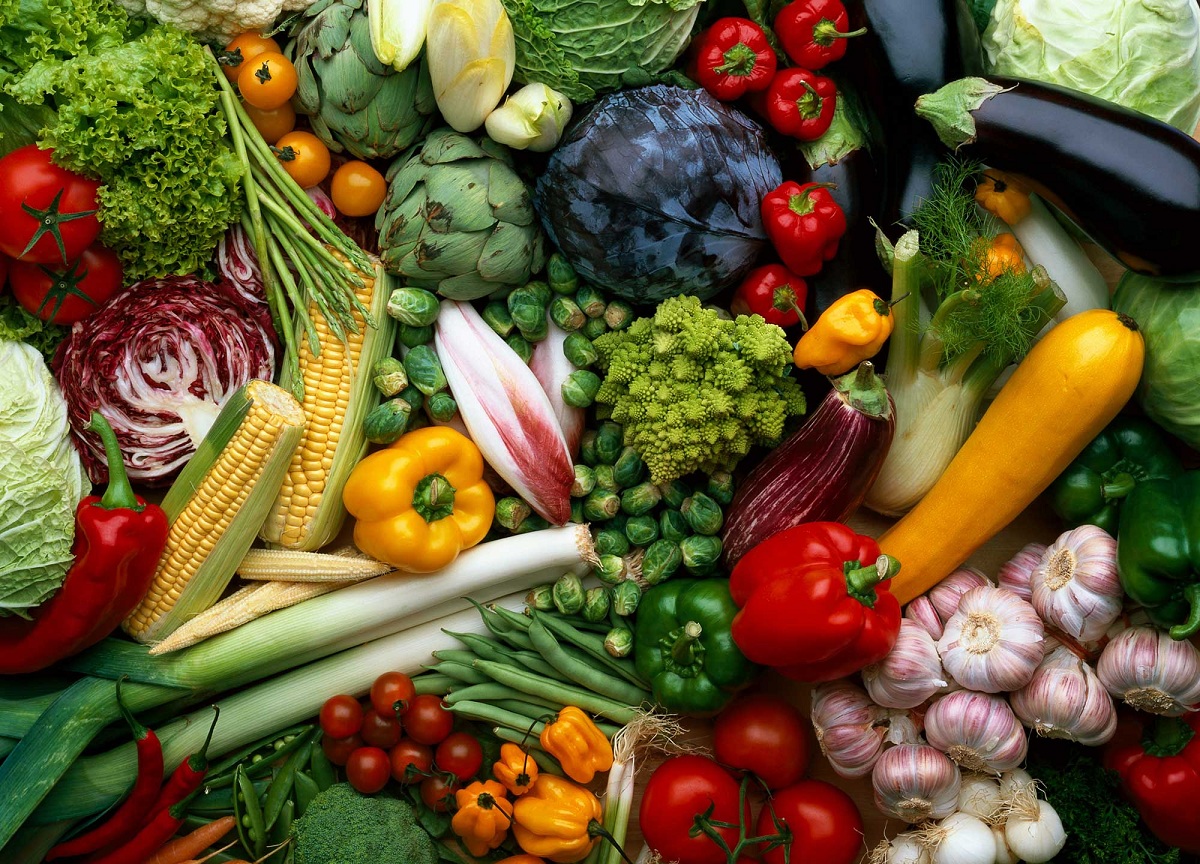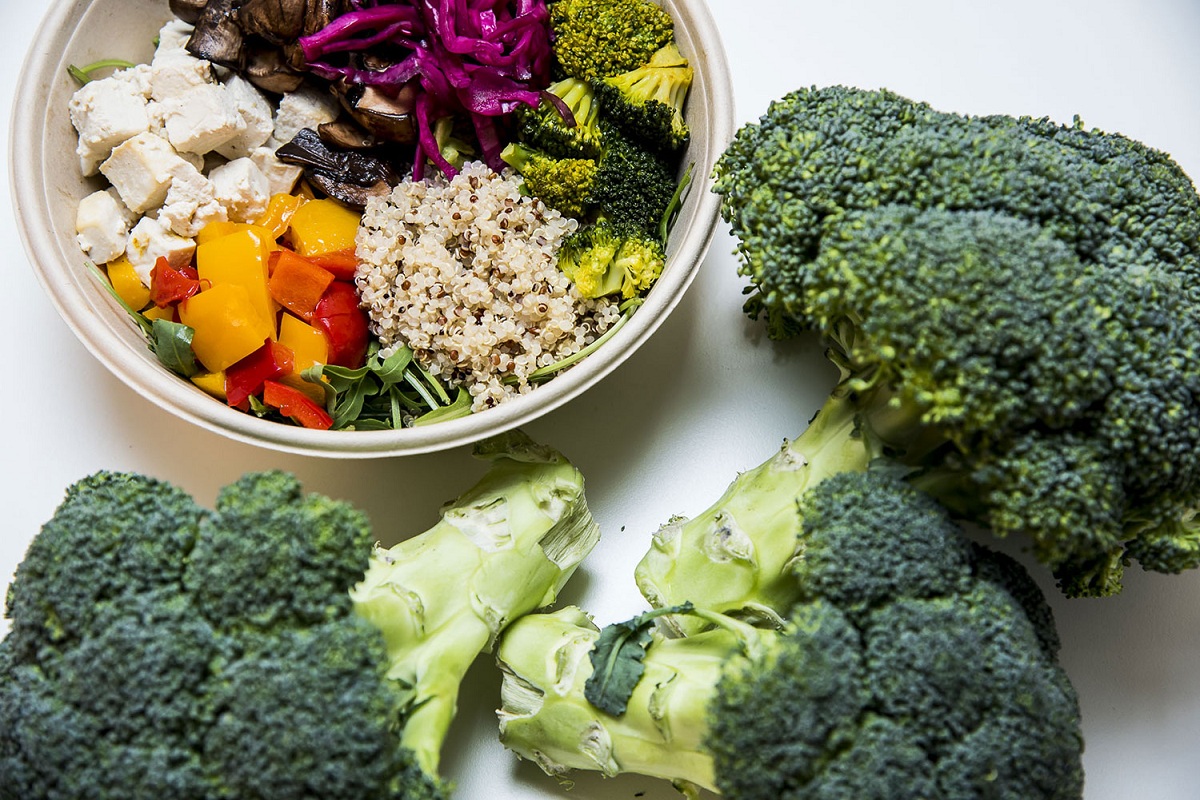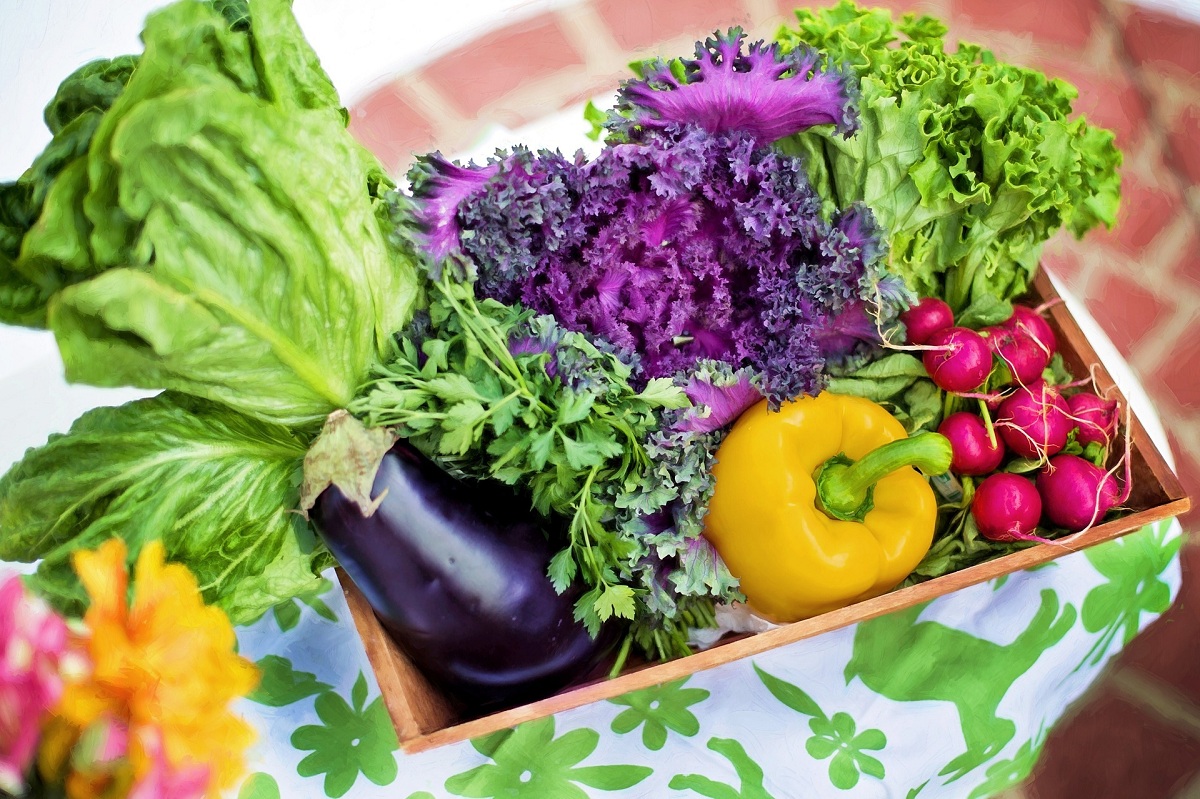
When we decide to eat healthy, we worry about starting to measure vegetables in the diet. However, many people do not know exactly what the differences between greens and vegetables. These are organisms that come from the earth and are full of nutrients.
In this article we are going to tell you what the main differences between greens and vegetables are.
What are vegetables?

Vegetables are those grown for food. In fact, the name "vegetable" comes from "orchard", which is where it is grown. Thus, when it comes to vegetables, they must be specially grown by humans, not just any wild vegetables that we can eat, such as mushrooms or wild fruits.
In this sense, they should be considered a number of exceptions, namely fruits (fresh and dried) and cereals. Fruits are vegetables and in fact come from human cultivation. However, the fruit is characterized in that the only part that is consumed is the fruit of the cultivated vegetables. In this way, when the fruit is harvested, the plant remains intact, allowing it to continue to bear more fruit in subsequent harvests.
On the other hand, we find that cereals, although grown by humans and harvested as whole plants, are also not vegetables. The most obvious characteristic of cereals is that the fruit and the seeds are practically the same, which does not happen with legumes (considered vegetables).
Beans, unlike grains, they usually have seeds inside the pods, which are the true fruit of the plant. Additionally, they differ from beans in their amino acid composition, which means they are classified separately from other vegetables.
vegetables are leaves

The problem that often arises when it comes to the difference between greens and vegetables is that it is actually not as big as it seems at first glance. This is because all vegetables are vegetables, although not all vegetables are vegetables. In other words, a vegetable is a type of vegetable. Specific, vegetables are those that we can classify as “green leafy vegetables”. That is, when we talk about vegetables we mean lettuce, arugula, cabbage, beets, spinach, etc.
So you can't say that vegetables are really different, but there are a variety of vegetables, which are vegetables and which are not vegetables. Some examples of these vegetables are potatoes and carrots, which are both tubers and vegetables; or peas and beans, which in addition to vegetables have beans.
Why is it important to eat greens and vegetables?

Vegetables are one of the most important foods to eat, and vegetables are one of those vegetables that cannot be missing from the plate. This is because they are a food rich in micronutrients (especially vitamins and minerals), and although they are required in very low doses, They are a fundamental food for good health.
A great example of the importance of including fresh vegetables in our diet is that they are rich in vitamin C, one of the most important vitamins in the regeneration of human tissue, and we cannot find animal sources in any food. Although it is a micronutrient mainly associated with fruits such as citrus, it is a vitamin that is especially present in vegetables, but in order to take advantage of it, it is necessary to consume raw vegetables since the calories from cooking are destroyed in any diet. this important food.
On the other hand, in addition to vitamin C, vegetables and vegetables also contain many other types of vitamins such as A, E, K, some B vitamins and minerals such as magnesium, potassium, iron or calcium. What makes this type of food one of the most important that we should eat, since it is the basis of any healthy and balanced diet.
Differences between vegetables and greens
Vegetables are the set of plants grown in orchards or irrigated in most cases and consumed as food, either raw or cooked. Vegetables include greens and legumes. Vegetables do not include fruits or grains. Vegetables are vegetables whose main color is green. Lettuce, Swiss chard, and kale are examples of vegetables. We also think of cauliflower as a vegetable and eat the flowers it contains.
Vegetables are an essential part of our diet. Most of the time, they are not people's favorite foods, especially young children. And, many times, we do not know how to properly incorporate them into our dishes.
Vegetables can be prepared in a thousand ways: raw, fried, roasted and even sprouted. Fermented and sprouted foods can enrich many of our daily dishes and help us maintain a balanced, complete, healthy and tasty diet.
At this point, we will list what the different types of vegetables are and how to tell them apart.
- Vegetables: As we already mentioned, a vegetable is a type of vegetable. They are the green part of vegetables from the garden. Although in some cases some young stems are also considered vegetables. The most obvious examples of vegetables are spinach, lettuce or Swiss chard.
- Bulbs: Bulbs are round vegetables that grow underground. This type of vegetables refers to vegetables that contain storage substances in addition to their peculiar shapes. There are not many types of light bulbs. The most obvious examples are onions and garlic. They both grow underground, revealing a plant that is not used for food on the surface.
- Edible stems: Edible stems are often called stem vegetables. These plants have the particularity of containing in their stems a highly edible food rich in important nutrients. This part of the plant is the substance that sustains the flowers and fruits. The most common are asparagus, celery, rhubarb, etc.
- Edible roots: These types of vegetables are among the most popular, especially those that we humans have consumed for a long time. In fact, the roots of plants are also edible parts. Carrots, radishes or turnips are some of the most common and we can buy them almost anywhere in the world.
I hope that with this information you can learn more about the differences between greens and vegetables.